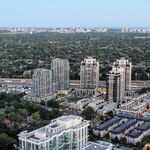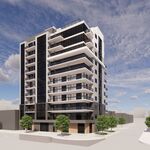BobBob
Senior Member
It's not like Toronto is somehow an organic result of natural, chaotic growth. It is the direct result of strict policies which drove its development in one precise direction. Changing those policies is the only way to produce a change on the ground.






